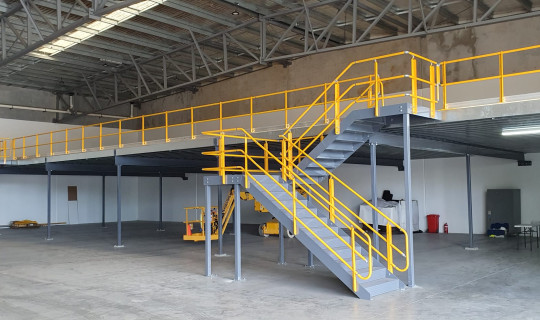
News
Our news page is your go-to resource for the latest updates, industry news, and blogs related to mezzanine floor systems and warehouse optimisation. Our mission is not only to provide superior products and services but also to keep our clients informed and ready to navigate this ever-evolving commercial landscape.

Noise, Vibration & User Experience: Why Flooring Type Shapes Warehouse Performance
Flooring is one of the most influential elements of a mezzanine or multi-level warehouse structures, yet it is often overlooked when planning a new facility or expanding an existing one. The decision between solid panels, such as Unilin, and steel grating systems, such as Meiser, affects noise levels, vibration transfer, worker comfort and equipment performance. It also influences how people move across the structure, how goods travel and how the warehouse performs over time. Understanding these impacts helps businesses design environments that support productivity, safety and long-term usability.
Read more
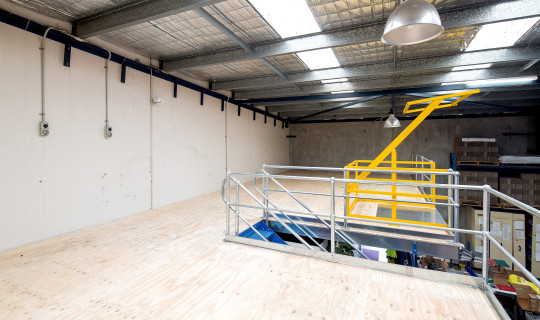
Fire Safety, Compliance and Ventilation: How Flooring Choice Impacts Mezzanine Certification
Mezzanine flooring choice plays a direct role in fire safety, ventilation and overall compliance in Australian warehouses. Solid panels and open grating behave very differently in a fire event, and the wrong choice can lead to delays in certification, added cost, or operational limitations. Understanding how flooring influences smoke movement, sprinkler performance and WHS obligations is essential when planning a mezzanine. Unistor integrates these considerations from the earliest design stage to ensure every structure aligns with regulations and performs safely once operational.
Read more

Choosing the Right Mezzanine Floor: When to Use Solid Panels and When to Use Grating
Selecting the right mezzanine flooring is one of the most important decisions when planning additional warehouse space. The floor you choose affects safety, workflow, compliance, maintenance and the long-term performance of the structure. Solid panels and steel grating behave very differently, and each flooring type offers advantages depending on how the mezzanine is used. Understanding these differences helps warehouse operators plan a system that supports their daily activity and meets all operational and compliance requirements.
Read more

How Mezzanine Floor Construction Differs: Panels vs Gratings and What They Mean for Your Warehouse
The right mezzanine floor can change the way a warehouse operates. It can turn unused height into productive space, support new workflows, reduce congestion, and create room for growth without altering the building footprint. Yet one element often determines whether a mezzanine enhances operational efficiency or becomes a long-term limitation: the flooring beneath it.
Read more
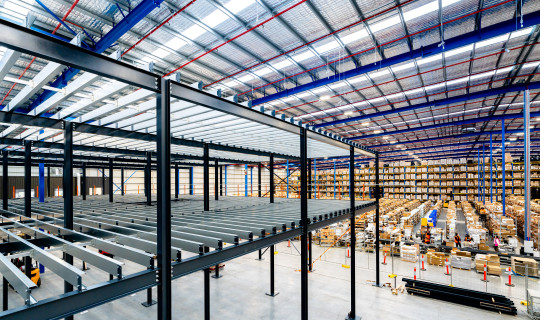
Creating Automation-Ready Logistics Environments: What to Consider Before Integrating Robotics
Warehouse automation is the future. The tech allows your business to reduce costs, navigate labour shortages, maximise operational safety and productivity, and meet the expectations of customers who are increasingly looking for delay-free delivery. But automation isn’t something that you can just slap onto your warehouse. It needs to be carefully planned and strategically integrated, based on the needs and realities of your business, and the specifications and limitations of your space.
Read more

Expert Advice: How to Plan a High-Performing Sortation System for Your Warehouse
A well-designed warehouse sortation system is the engine room of any high-performing warehouse. It’s what keeps orders moving, stock organised and fulfilment teams working at full tilt. Now that customers expect same-day delivery and SKU ranges are forever expanding, having a robust and scalable sortation setup is essential.
Read more
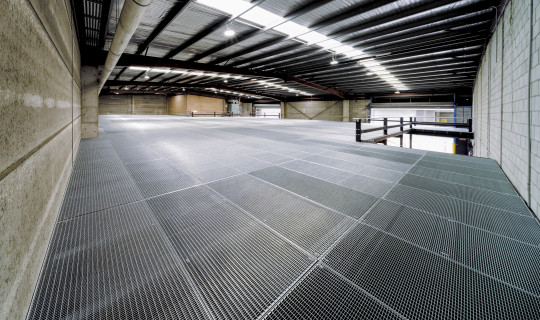
Mezzanine Grating Explained: Best Materials, Uses & Safety Tips
When it comes to building or upgrading warehouse mezzanine systems in industrial environments, the grating underfoot often plays a bigger role than expected. While it might not be the flashiest component, mezzanine grating is foundational to workplace safety, structural performance and your longer-haul cost efficiency.
Read more

Must-have Warehouse Integration: How Fit-Outs, Sortation and Storage Drive ROI
If you have ever tried to make three good ideas work together without a plan, you’ll know it’s like trying to run a relay race with no baton handover. Each runner might be strong on their own, but if they’re not in sync? The team doesn’t stick the landing. The same goes for your warehouse.
Read more
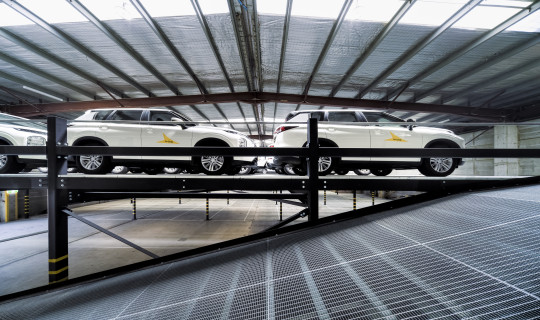
Checklist to a Reliable Mezzanine System: 10 Key Components & Design Considerations
When floor space runs low, building up - not out - is often the smartest play in industrial warehousing. That’s why so many businesses now rely on mezzanine systems. A mezzanine system is a raised platform, installed between the floor and ceiling, that creates an intermediate level within a facility. Commonly used in warehouses, distribution centres and manufacturing plants, mezzanines serve as valuable real estate for storage, office space, or operational zones.
Read more
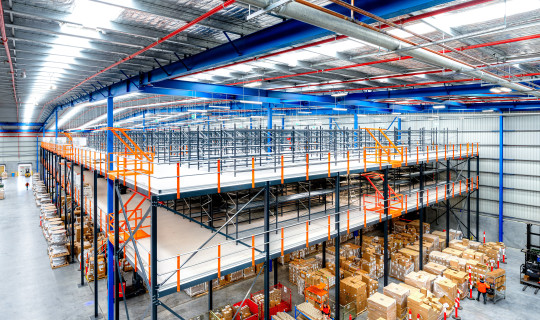
3PL Warehousing: 5 Hacks for a Better Storage and Automation System
Third-party logistics (3PL) warehousing is truly the engine room of modern supply chains - high velocity, multi-client, SKU-heavy and under relentless pressure to do more with less. It doesn’t matter if you’re managing fulfilment for eCommerce giants or niche B2B operations, the challenges remain the same: space constraints, accuracy demands and scalability expectations.
Read more

Integrating Walkways with Existing Warehouse Infrastructure: Best Practices
Safety and space efficiency? You cannot have one without the other in today’s warehousing environment. One solution that’s gaining traction across industrial facilities is the integration of warehouse walkways and walkovers - in other words, elevated structures that separate pedestrian access from busy work zones while making better use of available space.
Read more
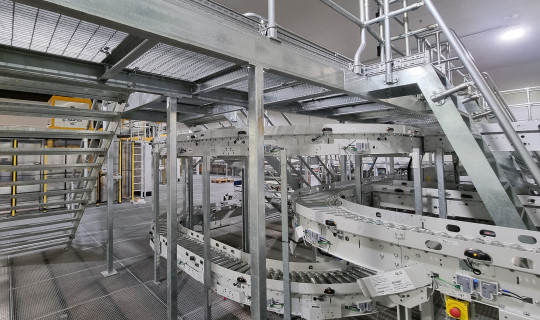
Intralogistics Efficiency: How Mezzanines Improve Material Flow in Warehouses and Distribution Centres
Mezzanines in intralogistics, along with walkovers, catwalks, crossovers and warehouse service platforms, provide a sure-fire way to boost material flow efficiency. By using vertical space, these structures let operations expand without incurring the cost or hassle of moving to a bigger site. They also reduce floor congestion and keep staff safe, particularly in high-density facilities juggling multiple processes.
Read more


